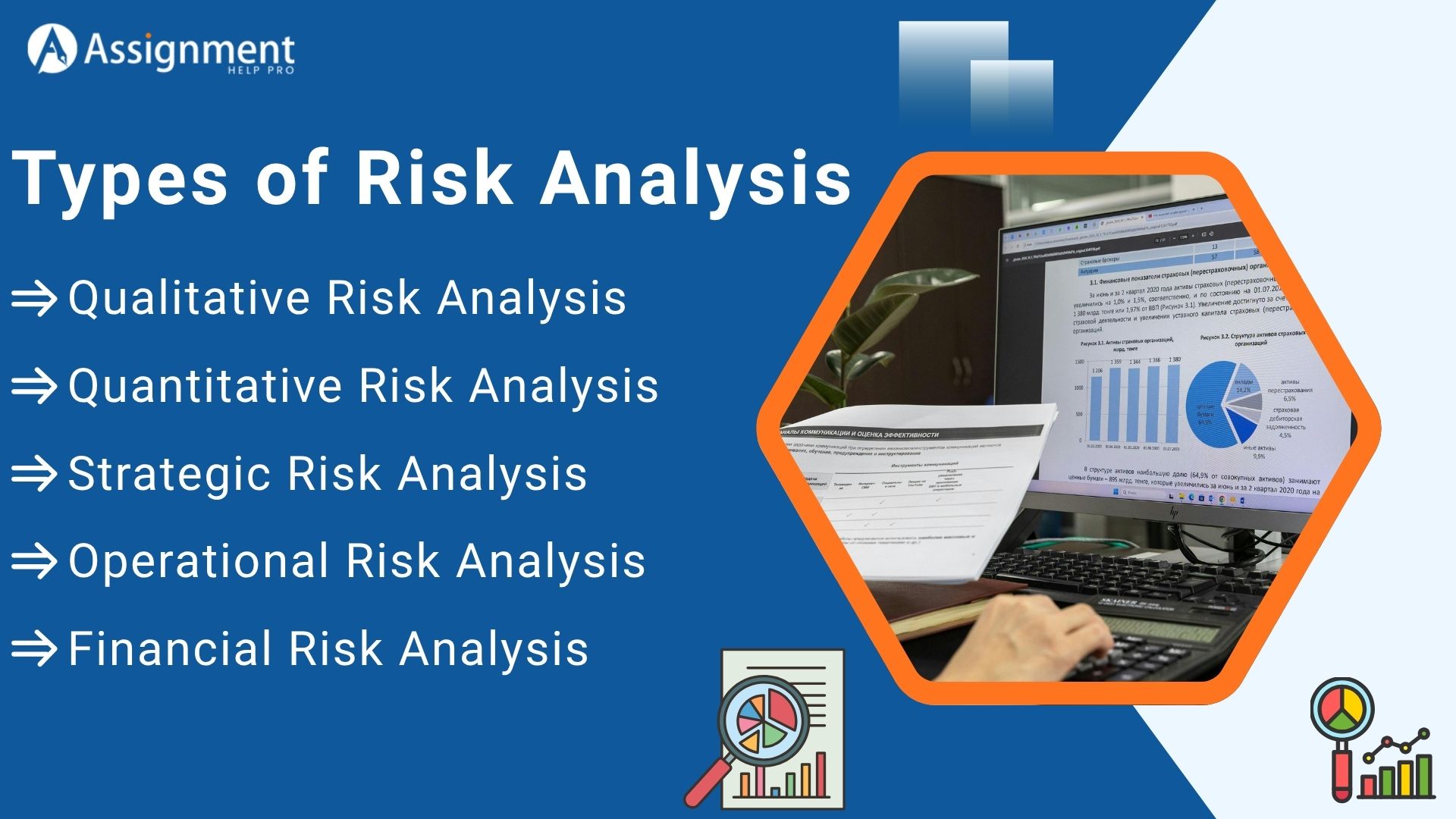Risk analysis is the process of identifying and managing potential threats to a business. For business students, mastering this skill is essential as it sharpens decision-making and prepares them for real-world challenges. Also, learning this skill builds confidence and prepares them to be strong leaders in their careers.
Today’s business world is fast-moving and full of uncertainty. Markets change, supply chains get delayed, rules and laws shift, and internal problems can arise. These risks are a part of everyday business. This is why learning about risk analysis is so important, especially for business students. It helps them spot potential problems early and create plans to deal with them. This skill is mainly required for making smart decisions and handling real-life business challenges with confidence. If you are a business student interested in understanding risk analysis, read this blog. Here, we have explained what risk analysis is and why it is important. Also, we have discussed the types of risk analysis and the steps involved in the risk analysis process.
What is Risk Analysis?
Risk analysis means finding out what could go wrong in a business and how serious those problems might be. It looks at different events, both inside and outside the company, which could stop it from running smoothly.
The main purpose of risk analysis is not to get rid of all risks, since that is usually not possible. Instead, it helps to reduce their effects and manage them better. When businesses understand their risks, they can make smarter decisions, use their resources wisely, and keep things running even during tough times.
For business students, learning about risk analysis is more than just studying a topic. It gives them a useful way to look at real business problems and helps them get ready for careers in areas like finance, project work, operations, and planning.
Why is Risk Analysis Important for Business Students?
Learning and using risk analysis can be very helpful for business students for many reasons. Here, let us explore why risk analysis matters the most
- Businesses deal with many kinds of risks, like economic problems or online security threats. When students learn risk analysis, they can very well handle these real-life challenges.
- Risk analysis helps students think through different situations. This allows them to make smarter and more thoughtful decisions when things are uncertain.
- It also improves problem-solving skills. Students learn how to break big problems into smaller parts, find possible risks, and come up with good solutions.
- Good leaders need to guide others during uncertain times. Students who understand risk analysis can take on leadership and planning roles.
- Many jobs in business look for people who understand risk. Whether a student wants to be a consultant, analyst, manager, or start a business, this skill is very useful.
Many students look for Business Assignment Help to better understand these difficult topics. This support helps them do well in their studies and get ready for future jobs.
Types of Risk Analysis
Risk analysis does not follow the same method for every situation. They are classified into different types based on the kind of risk and the business situation.
Qualitative Risk Analysis
This method looks at possible risks and judges how serious they might be using personal experience and expert advice. Risks are usually grouped by how likely they are to happen and how much harm they could cause.
Quantitative Risk Analysis
This method uses numbers and statistics to measure risk. It calculates how likely risks are and how much money they could cost to give a clearer and more accurate view.
Strategic Risk Analysis
Strategic risk analysis looks at risks that might affect a company’s long-term plans. These risks can come from competitors, changes in the market, or new rules and laws.
Operational Risk Analysis
Operational risk analysis looks at risks that come from inside the company, like mistakes in production, delays in getting supplies, or workers leaving their jobs.
Financial Risk Analysis
This type of risk deals with money matters like markets, loans, cash flow, and investments. It is very important for students who want to work in finance or accounting jobs.
Knowing these types helps students choose the best way to handle different business situations. This skill is very helpful when working on difficult projects or when offering Risk Management Assignment Help services.
Approaches to Risk Analysis
There are several ways to do a risk analysis. Each way works best for different situations and has its own benefits. The following are some best risk analysis approaches
- SWOT Analysis: It means looking at Strengths, Weaknesses, Opportunities, and Threats. It helps businesses see what is working well inside and what outside factors could be risks or chances to grow.
- PESTLE Analysis: It looks at Political, Economic, Social, Technological, Legal, and Environmental factors. It helps businesses plan and find risks from outside the company.
- Root Cause Analysis (RCA): It finds the main reason behind a problem instead of just fixing the symptoms. RCA helps stop the problem from happening again by dealing with the cause.
- Failure Mode and Effects Analysis (FMEA): It is mostly used in engineering and manufacturing. FMEA looks at possible failures in a process, figures out how serious they are, how often they might happen, and how easy they are to detect, then decides which ones to fix first.
- Monte Carlo Simulation: It is a method that uses math and statistics to guess different possible results and how likely they are. Monte Carlo Simulation is often used to study risks in finance and projects.
- Bowtie Method: It visually maps risks by showing causes on one side and consequences on the other. This helps businesses understand and control risks better.
Steps in the Risk Analysis Process
The risk analysis process usually follows a clear and organized set of steps.
Identify Risks
It means looking for possible problems that could affect a business. You can identify risks by thinking carefully and gathering information from past data, industry reports, audits, and expert advice.
Assess the Risks
Look at how likely each risk is to happen and how big the impact could be. You can do this by using opinions or by using numbers, depending on the information you have.
Prioritize the Risks
Not all risks are the same. Use tools like risk matrices or scores to figure out which risks should be dealt with right away and which ones can be watched over time.
Develop Risk Mitigation Strategies
After deciding which risks are most important, make plans to lower the chance they happen or lessen their effects. This could mean sharing the risk, like using insurance, avoiding the risk by not taking certain actions, or accepting the risk if fixing it costs too much.
Monitor the Risks
Risk analysis is not something you do just once. You need to keep checking it regularly, especially when things inside the company change or when the outside world is different. Regular reviews and checks are very important.
Record and Share the Information
Write down all the risks you find, the results of your checks, and the plans to manage them. Sharing this information clearly helps everyone involved understand and get ready.
Business students who are aware of this step-by-step risk analysis process will better understand how companies avoid problems and work towards lasting success.
Wrapping Up
In today’s fast-changing business world, understanding and managing risks is a vital skill. Risk analysis helps future professionals spot threats, make smart decisions, and add value. For business students, learning about risk analysis is more than just schoolwork. It builds important skills like thinking clearly, planning carefully, and solving problems, which are needed in any business job. If you struggle to do risk analysis, get Assignment Help from the risk management or business experts on our team. By using their expertise and knowledge, our professionals will help you perform the task effectively and improve your subject comprehension.





